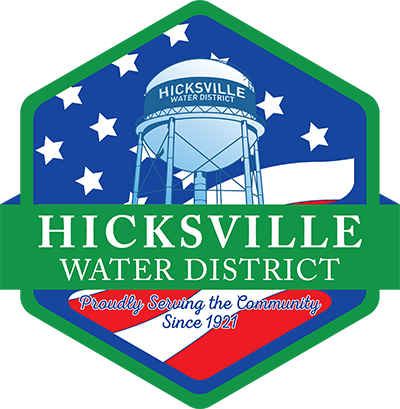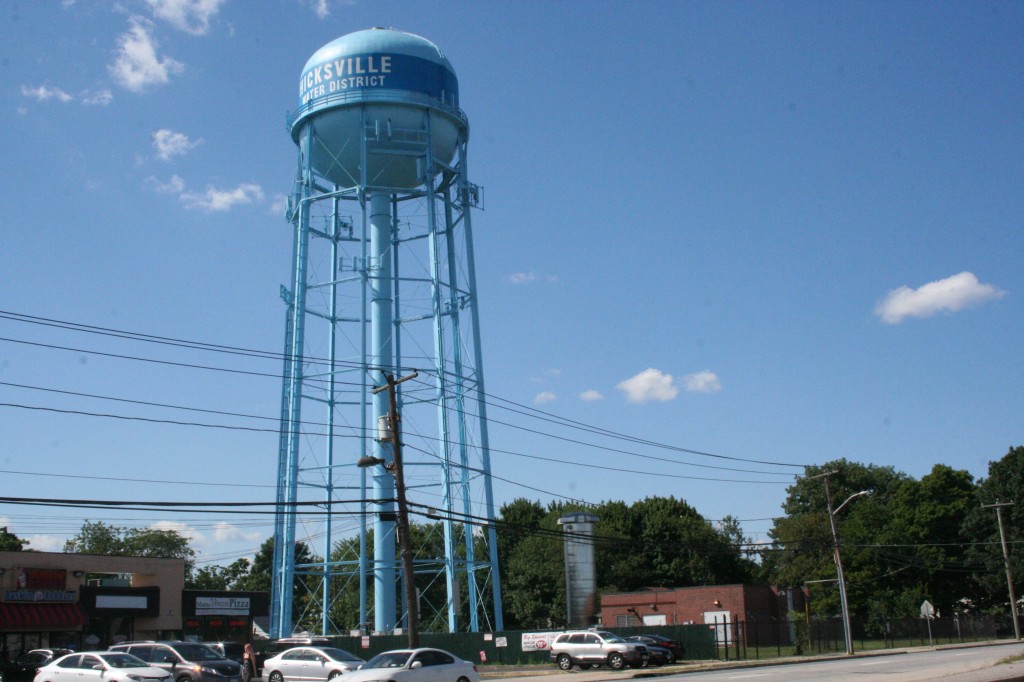District Begins Install of Scale-Model Treatment System to Test Effectiveness Against 1,4-Dioxane
HICKSVILLE, NY (June 7, 2019)—The Hicksville Water District (HWD) Board of Commissioners, Nicholas J. Brigandi, William E. Schuckmann and Karl M. Schweitzer, announced today that the District will install a pilot treatment system for emerging contaminants at Plant 4. This pilot system will be implemented and designed to test the feasibility of Advanced Oxidation Process (AOP) as a treatment method for 1,4-dioxane and other emerging contaminants. Through grants recently earned from the Stony Brook University Center for Clean Water Technology, this pilot system will be carried out at no cost to local taxpayers.
“The Hicksville Water District is excited to make this tremendous step forward in our battle against emerging contaminants in groundwater,” said Nicholas J. Brigandi, Chairman of the Hicksville Water District Board of Commissioners. “We believe emerging contaminants are the number one issue facing taxpayers and ratepayers across the region and are proud to take this critical step in testing the feasibility of promising treatment methods at no additional cost to taxpayers.”
This pilot process will be completed at no additional cost to Hicksville residents. The Hicksville Water District applied for and received a $3 million grant from New York State to support water treatment technology capable of treating emerging contaminants in groundwater. The AOP process has been verified to work in scale-model testing done in coordination with the Stony Brook Center for Clean Water Technology.
In December 2018, the newly created New York State Drinking Water Quality Council submitted its formal recommendation to the New York State Department of Health to regulate emerging contaminant, 1,4-dioxane at 1 part-per-billion (ppb.). In the previous months, the Hicksville Water District has been working with elected representatives at the state and local levels—as well as community organizations—to advocate for responsible regulation of emerging contaminants. Currently, this synthetic compound is unregulated by the United States Environmental Protection Agency (EPA), which carries a Maximum Contaminant Level (MCL) 50 ppb.
“The District is entirely dedicated to protecting public health at all costs,” Commissioner Brigandi continued. “We are a community organization, founded by and for Hicksville residents. We work tirelessly every day to ensure we meet or exceed all federal and state regulations, and when new regulations are pending, it is our responsibility to make sure these regulations are set based on a foundation of sound science.”
For more information on the ‘State of the Water Supply’ in Hicksville, please contact the Hicksville Water District at 516-931-0184.




